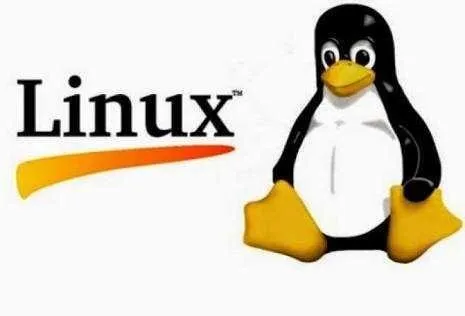In this section, I took a whirlwind tour of the Linux landscape. We discussed the kernel and user space, reviewed many common Linux shell commands, discussed the process and how to manage it, reviewed user and group security concepts, discussed FHS, and toured some of the most commonly found directories and files in Linux Times.
sumber

● Linux is often used to refer to the entire operating system but in fact Linux itself is the operating system kernel that starts with the boot loader, which itself is preceded by the BIOS / UEFI.
● User space refers to everything that happens outside the kernel. Among the programs that run in user space, there are many major utilities from theGNU project, most of which are meant to run from the command line (text-based interface that allows you to enter commands, run them, and see results). Shell executes your commands inside that interface.
● Common commands include: pwd (print working directory), cd (change directory), ls (file list or directory contents), mkdir (create directory), rmdir (remove directory), mv, rm, and cp (move, delete orcopy file or directory respectively), paint (concatenate or show file), less / more (show file one page at a time), editor (start text editor), search (search file or directory), free (show memory information) , Df (show disk free space), id displays the identity of the user along with the list of groups that belong to it), dmesg (review kernel logs), and journalctl (show all available logs).
● You can interact with the hardware on the Kali system with several commands: lspci (list of PCI devices), lsusb (list of USB devices), and lspcmcia PCMCIA card list.
● A process is a running program example, which requires memory to store the program and its operation data.You can set the process with commands like: ps (show process), kill (kill process), bg (send process to background), fg ( bringing background to the foreground process), and work (showing background processes).
● Unix-like systems are multi-user. They support multiple users and groups and allow control over actions, by permission. You can manage file and directory rights with several commands, including: chmod (change permission), chown (owner changes), and chgrp (group changes).
● Like other professional Linux distributions, Linux Times is set to be consistent with the FilesystemHierarchy Standard (FHS), allowing users coming from other Linux distros to easily find their way around Kali.
● Traditionally, application configuration files are stored under your home directory, in hidden files or directories starting with periods (or periods).
Now that you've handled the basics of Linux, let's make Linux Linux up and running.